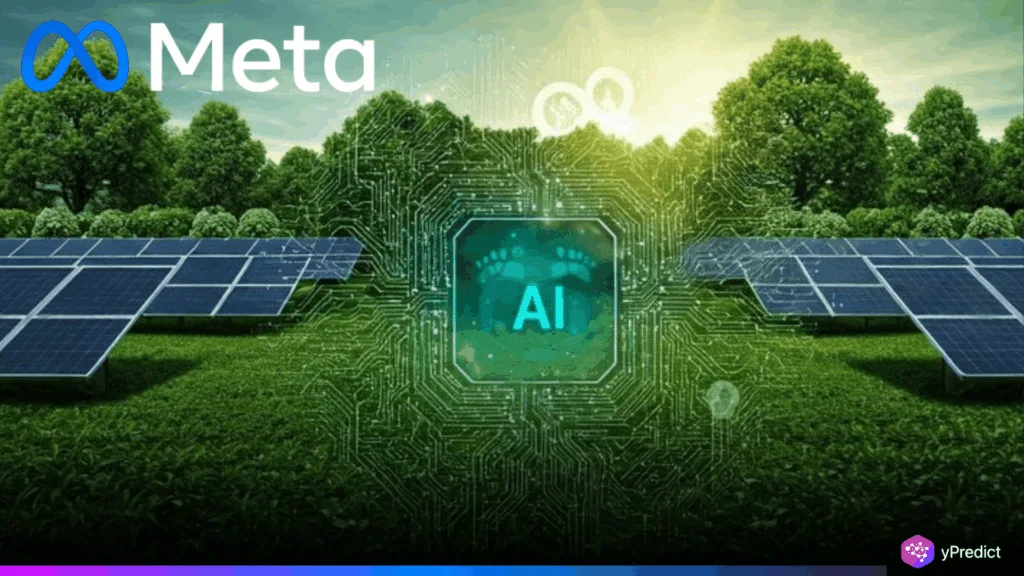
AI climate solutions have recently made a significant advancement. Meta’s Fundamental AI Research (FAIR) team has released a groundbreaking open dataset that could accelerate the fight against climate change. This is in collaboration with Georgia Tech and CuspAI. The largest dataset for identifying novel carbon capture materials is called the Open Direct Air Capture 2025 dataset. Thus, this initiative enables researchers to use AI to test materials more rapidly, accurately, and widely.
AI Climate Solutions Get a Dataset Boost
The FAIR division of Meta released the dataset on its official blog with assistance from CuspAI and Georgia Tech partners. The announcement included an image of the molecular structures involved in carbon capture. This provides an overview of the range and intricacy of the materials utilized. Additionally, it allows AI-powered screening of thousands of potential compounds to determine how well they capture CO₂ from the atmosphere.
The accessibility and organization of this public dataset are distinctive. It is freely available to researchers everywhere, giving them an equal chance to develop innovative AI climate solutions. The database also contains physical characteristics, simulation data, and molecular details that are essential for assessing performance in real-world situations.
The project’s ability to combine environmental science and artificial intelligence is its strongest point. Therefore, scientists can now test new carbon capture materials in a matter of hours rather than months by combining robust models with extensive datasets. In the fight to mitigate climate change, that speed may prove vital.
New Forces Fuel Next AI Climate Solutions
The Open Direct Air Capture 2025 dataset represents a long-term vision. Georgia Tech provided material science domain expertise, and CuspAI provided AI modeling tools for training on the fresh data. They have also established an atmosphere that fosters discovery in conjunction with Meta FAIR’s infrastructure.
This public dataset will be the foundation for future innovation. Future versions might also cover a larger range of material classes, integrate with climate policy modeling tools, and use more advanced simulation techniques. Its developers hope that startups and research labs will build on it to produce useful AI climate solutions.
Can Open Innovation Solve the Climate Crisis?
This powerful dataset’s release has altered how the world approaches addressing climate issues. Therefore, it empowers both startups and large institutions by emphasizing speed and accessibility. Additionally, the combination of technology and academia has transformed theory into useful tools. Concerns about the climate are increasing the need for smarter, AI-driven solutions.
The Open Direct Air Capture 2025 dataset has provided a new tool for the community to take action. Furthermore, a single dataset can illuminate the path ahead, even though it cannot resolve global warming. AI climate solutions are now an open-source reality rather than a fantasy.






